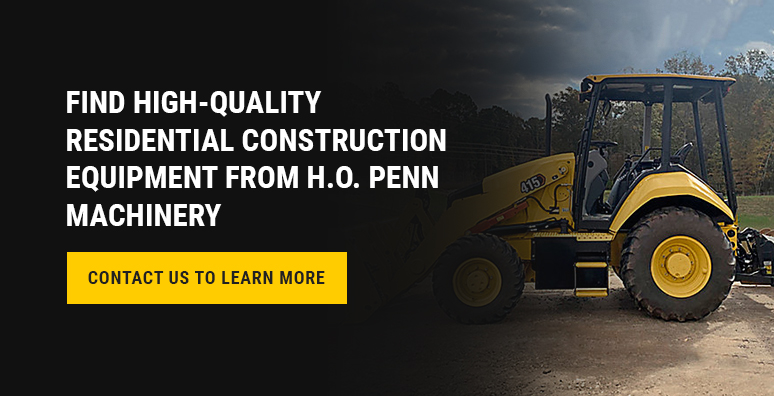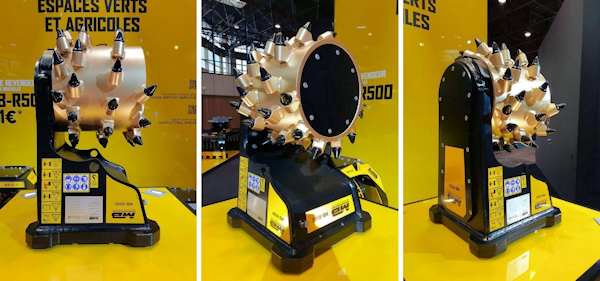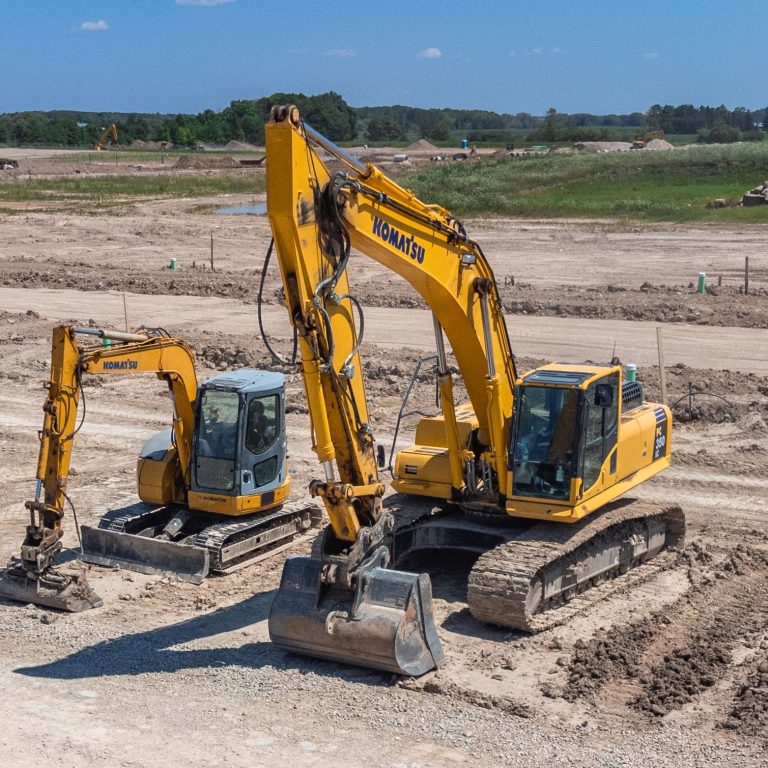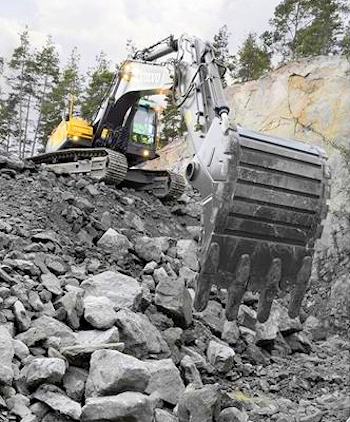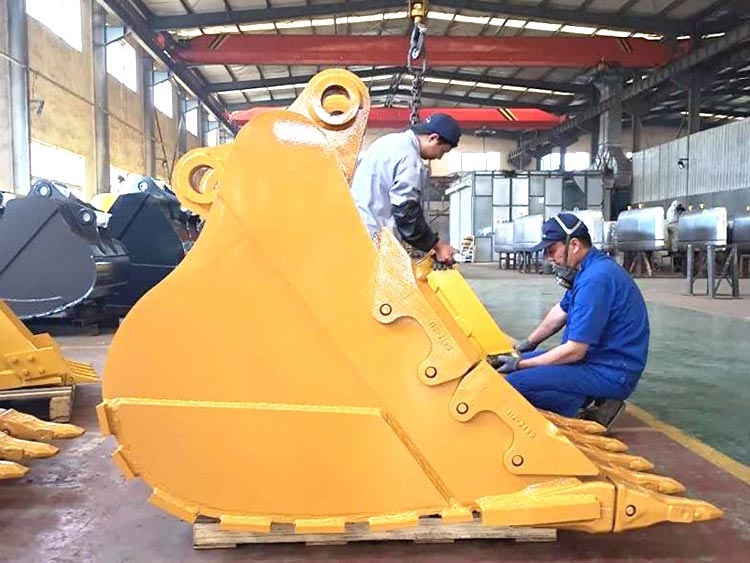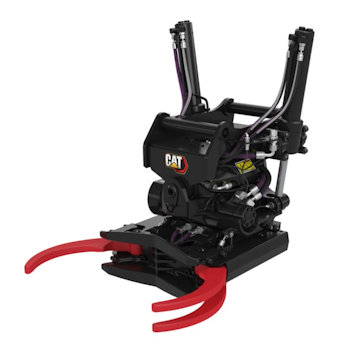Bulldozer vs. Wheel Loader: Which One Do I Need?
Bulldozers and wheel loaders are robust and durable heavy equipment options for moving materials like sand, rocks and dirt. They both provide an assortment of advantages to the job site in terms of performance and efficiency. However, each offers distinct advantages for specific tasks, which is why it’s essential to understand how bulldozers and wheel loaders compare.
Differences Between Bulldozers and Wheel Loaders
Which machine is better for your job site will depend on several factors. The type of project, size of your work area, category of terrain and the kind of materials you’re working with all play a role in which machine is best suited to your needs. Before committing to a loader vs. a dozer, consider the following.
Size
Bulldozers are robust machines that come in different sizes. The most common configurations of these beasts include crawlers, wheel bulldozers and mini bulldozers. On the smaller side, bulldozers weigh around 20,000 pounds with up to 105 horsepower. Larger models can exceed 230,000 pounds in operating weight and offer up to 850 horsepower.
Front loaders also come in numerous sizes, with compact, small, medium and large sizes available. These machines range from 125 to 1,700 horsepower and have operating weights from 25,000 pounds to well over 500,000 pounds.
Application
Bulldozers and wheel loaders have some overlap in what they can do, but each excels in a different arena. Bulldozers use their powerful engine to push and level surfaces. They clear large areas for new roads, move large rocks, grade building sites and create piles of debris at demolition sites. Environments that rely on bulldozers include:
- Demolition
- Road work
- Mining
- Landscaping
- Construction
Wheel loaders are also known as front loaders or front-end loaders because they use a bucket attachment controlled by a vertical-moving hydraulic arm to pick up and haul debris or supplies. These capabilities are useful around logging and construction sites, as they make it easy to collect and transport loose materials and snow.
For even more versatility, loaders can swap the bucket for different attachments such as forks, side dump buckets, grapples, rakes, augers and other specialized tools. With quick coupling equipment such as the Fusion™ Coupler from Caterpillar, these changeovers can be accomplished rapidly — without even leaving the machine — allowing operators to move seamlessly from one task to the next. This capability allows wheel loaders to take on many roles across many industries, including:
- Logging
- Construction
- Agriculture
- Waste management
- Mining
Terrain
While bulldozers and wheel loaders have unique applications, you’ll often find them on the same site. However, the ways they’re used differ because of how they maneuver across the ground. Bulldozers generally utilize tracks that provide more stability and traction over sloped and rough surfaces.
Tracks are less likely to damage the ground, while the wheels on front loaders can sink into soft or wet surfaces and leave ruts. However, wheel loaders are typically faster on flat, hard ground.
Cost
Though these machines may look similar, they come with different price tags. The costs you’re likely to incur will generally depend on the scope of your project and its length, as well as the size, horsepower and operating weight of your desired machine. In most cases, renting a wheel loader will cost a few thousand dollars more per week than a bulldozer. Check with your local Cat dealer for specific pricing information on the model you need.
Choosing Between a Bulldozer and Wheel Loader
If you need help deciding between a bulldozer vs. a front loader, you can count on the professionals at H.O. Penn for assistance. We’ve been extending outstanding customer service to professionals like you for over 100 years, giving us the expertise to find exactly what you need.
Contact our team online or visit one of our locations to determine whether you need a dozer or a loader today.
